Our child care programs, summer camp, and forest school are child-centered and inquiry based.
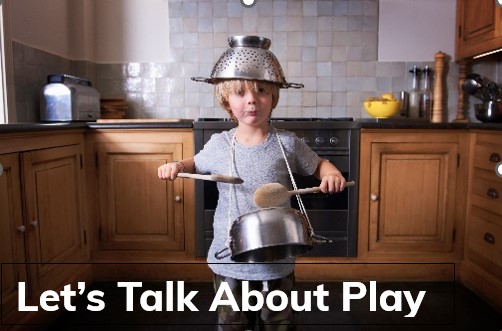
By Marjorie LePoidevin, Director Communications and Marketing, BA, BEd
For many people, play is synonymous with having fun. It is seen as a pleasurable activity that brings happiness and entertainment. For many adults play is often associated with leisure time and activities done for relaxation or entertainment purposes. It is a break from work or responsibilities. 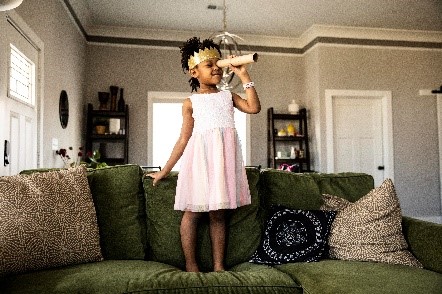
A child’s play is spontaneous and unstructured. Adults may believe play is a means of passing time, providing entertainment to children, or something to serve as a distraction.
While this is all true, play is an important part of the learning process, and many teachers and caregivers stimulate play intentionally by providing a variety of learning environments. For those who associate learning with memorizing ABCs and 123s, it can be challenging to shift expectations to understand the need for play-based learning opportunities.
An Educator’s Understanding and Use of Play
I learned that when I introduced learning topics to my Grade 1-2 class as games or opportunities to play, the children’s comprehension and implementation of the facts or processes we were exploring was significant.
One day, we were learning about animal adaptations and migration. So, we pretended to be Canada Geese in search of food, and not finding any, we had to fly somewhere else. We ‘flew’ to a variety of spaces in the school and discussed the conditions there and why the geese could or could not stay. While the children were having fun and pretending to be geese, they were also learning. That learning was also recalled more easily by the children later.
Play is a way for children to explore, experiment, and engage with the world around them and is the foundation for children’s cognitive, physical, social, and emotional development.
In an educational context, play is purposeful and intentional. Educators design play-based activities and environments that support specific learning goals and outcomes. Play becomes a vehicle for acquiring knowledge, skills, and concepts.
However, play-based learning in an early learning environment is even less structured.
Play-Based Learning in Early Years
Learning environments are intended to stimulate play and provide educators a window into what a child understands and what they are curious about.
Let’s consider one of our preschool classrooms: the educator sets up a dramatic play area with a variety of dress-up clothes and props related to community helpers. The children are excited to explore the different roles they can pretend to be and start to gather around the dress-up area, selecting costumes and accessories.
Pretend Play
Emma chooses a doctor’s coat, a stethoscope, and a medical bag. She becomes “Dr. Emma” and sets up a pretend doctor’s office in the dramatic play area. She arranges stuffed animals as patients and creates a waiting area with chairs and magazines.
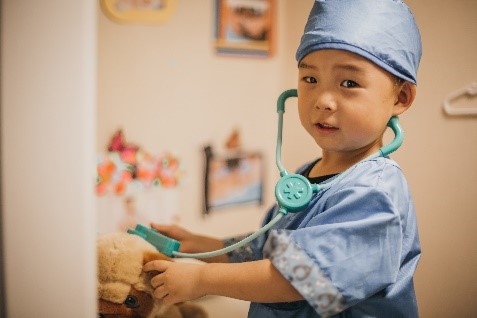
Meanwhile, Liam puts on a firefighter’s hat, a reflective vest, and carries a toy fire extinguisher. He transforms into “Firefighter Liam” and rushes to the pretend fire station corner of the classroom. He coordinates with his classmates, who have dressed up as firefighters too, and they work together to put out imaginary fires and rescue stuffed animals from danger.
As the children engage in their dress-up scenario, the educator observes and participates in their play, by asking open-ended questions to stimulate their thinking and extend their learning. The educator might ask Emma about the tools she uses as a doctor or inquire about the importance of firefighters’ protective gear when talking to Liam.
The combination of imaginative play and purposeful teacher facilitation enhances the learning experience and allows children to explore and make meaning of the world around them.
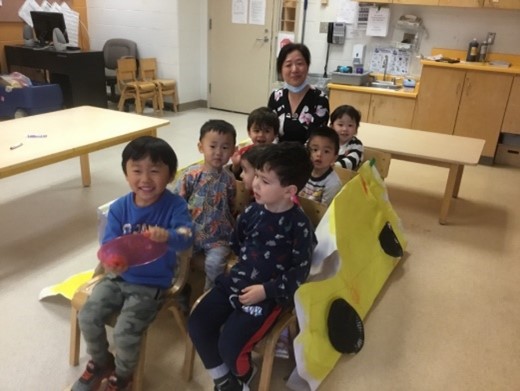
Children develop language skills while engaging in conversation, such as describing their roles, explaining their actions, and engaging in pretend-play dialogue. Critical problem-solving skills are developed as they solve challenges that arise during play (e.g., saving a victim from a ‘fire’ or ‘healing’ a patient). Role playing and imaginative play help children develop their narrative and story-telling abilities as they create characters and act out their roles. Important social skills are enhanced as they negotiate roles, share costumes, and engage in this type of collaborative play.
Educators understand that play can be scaffolded and guided to enhance learning. They provide materials, prompts, and support to extend children’s play experiences and foster deeper understanding and skill development.
Sensory Play
By incorporating sensory materials into a play-based environment, educators provide young children with opportunities to engage their senses, develop fine motor skills, explore cognitive concepts, and enhance their language and emotional development. The hands-on, experiential nature of sensory play fosters holistic growth and supports children’s natural curiosity and exploration.
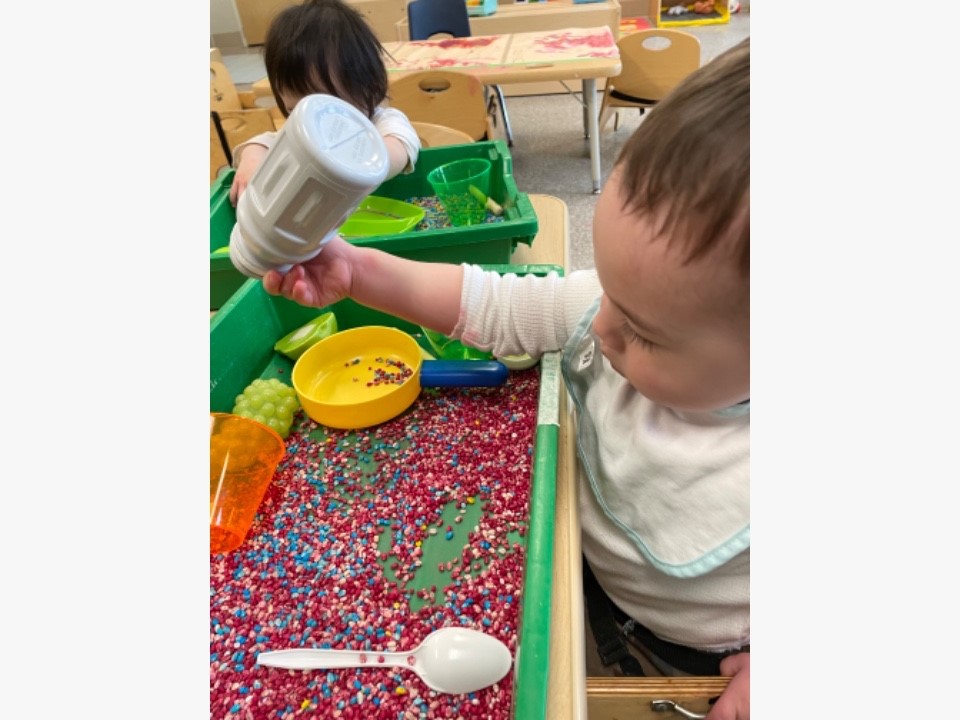
In a toddler classroom, the teacher sets up a sensory exploration station with various materials for tactile and sensory play. The children, aged 2 to 3 years old, gather around the table filled with containers of colorful rice, soft feathers, and scented playdough.
Sophie, a curious toddler, reaches out to touch the rice with her small hands. She feels the grains slipping through her fingers, exploring the texture and the cool sensation. She starts scooping the rice into a plastic container and pours it back, enjoying the sound it makes as it cascades down.
Next to Sophie, Ethan is fascinated by the feathers. He picks one up and brushes it against his cheek, giggling at the tickling sensation. He explores the different colors and sizes of the feathers, arranging them into patterns on the table.
Meanwhile, Olivia squishes and molds the scented playdough. She takes a deep breath and inhales the pleasant aroma, making connections between the scent and the texture of the dough. She experiments with rolling, patting, and cutting the playdough with the provided tools.
The teacher observes the children’s exploration and provides support and encouragement. She asks open-ended questions to spark their curiosity and language development. For example, she might ask Sophie how the rice feels, or encourage Ethan to describe what the feathers remind him of.
Older Children
Our before and after school programs offer children opportunities for spontaneous play; as children get older, play and the learning it affords is more advanced and complex.
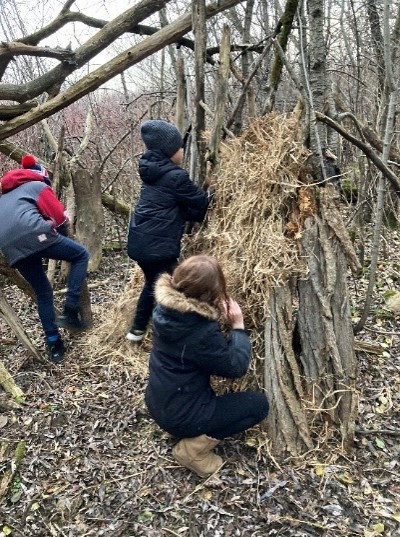
Imagine a group of children playing outside. They decide to build a fort using branches, sticks, and leaves they find. As they collaborate and problem-solve together, they learn about teamwork, spatial awareness, and engineering principles. They’re having a blast constructing their secret hideaway, all while developing valuable skills without even realizing it! This is an example of a child-led learning experience. They must work together as a team, finding materials, making choices, and following their own plans.
As active participants in their learning, when they find that something falls apart or doesn’t work as intended, there is an opportunity to test their structure and make improvements, and they are able to quickly adapt. The group discussion is engaged, lively, full of understanding and great ideas! An educator may be there to support communication within the group and to ensure safety, not to direct the play.
Play Materials
The creation of rich learning environments with open-ended materials to spark a child’s imagination and promote imaginative play is key to successful play-based learning. You might also hear the term ‘loose parts’ when describing play materials.
‘Loose parts’ are materials or objects that can be moved, manipulated, and combined in various ways during play.
They are open-ended materials that have no specific or predetermined use, allowing children to use them in imaginative and creative ways. Examples of loose parts include items like stones, sticks, shells, fabric scraps, cardboard tubes, wooden blocks, and natural materials found in the environment.
Commercially produced toys are more fixed in their purpose; a toy police car is difficult to imagine as something other than a police car and therefore may limit play scenarios. Not that families need to dispose of all commercial toys in their homes. Ensuring that there is a balance of different kinds of play materials available is a good start.
So, while we can see the benefit of play-based learning, how do families support it at home?
Supporting Play-Based Learning
There are many ways to support play-based learning, but I think for those that are just starting to explore this subject, I would suggest the following core concepts we practice in UCCC childcare programs.
1. Embrace Unstructured Play:
Provide opportunities for unstructured play at home, where children can freely explore and create their own play experiences. Set aside dedicated playtime without specific goals or outcomes, allowing your child’s imagination and curiosity to guide the activities.
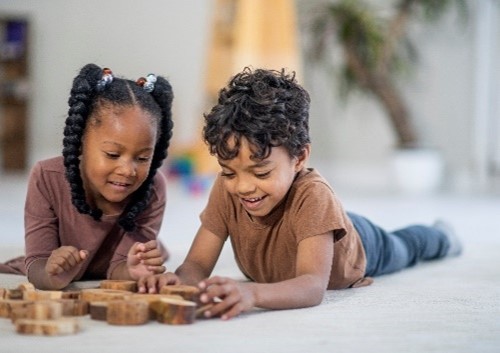
2. Create an Outdoor Play Space:
Designate an area in your backyard or nearby park for outdoor play. Include elements like climbing structures, sandboxes, or natural materials like logs and rocks that encourage physical activity, exploration, and imaginative play. Ensure the area is safe and supervised and allow children to take appropriate risks within reasonable limits.
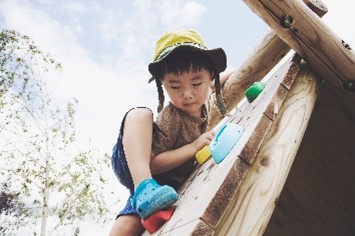
3. Provide Open-Ended Materials:
Offer a variety of open-ended materials and toys that promote creativity and problem-solving. These can include blocks, art supplies, natural loose parts (such as shells, pinecones, or sticks), and open-ended toys like dolls or action figures. These materials can be used in imaginative play and construction activities, allowing children to explore their interests and ideas.
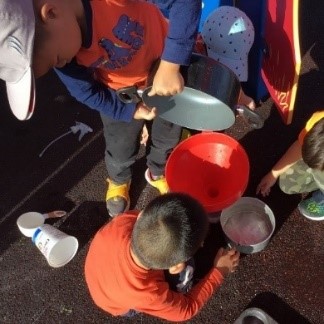
Extending Play and Finding Resources
Finally, having established those areas and practices, it is important to observe and listen to your child’s interests and passions. Follow their lead and provide resources and opportunities that align with their preferences.
This might look like providing activities related to their favorite topics, such as suggesting a dinosaur dig in the sandbox or helping them to set up a pretend restaurant in the playroom.
Looking for ways to extend their knowledge, such as a trip to a local museum to explore real dinosaur bones, reading dinosaur books together, or going to a restaurant to get ideas for their restaurant are also important.
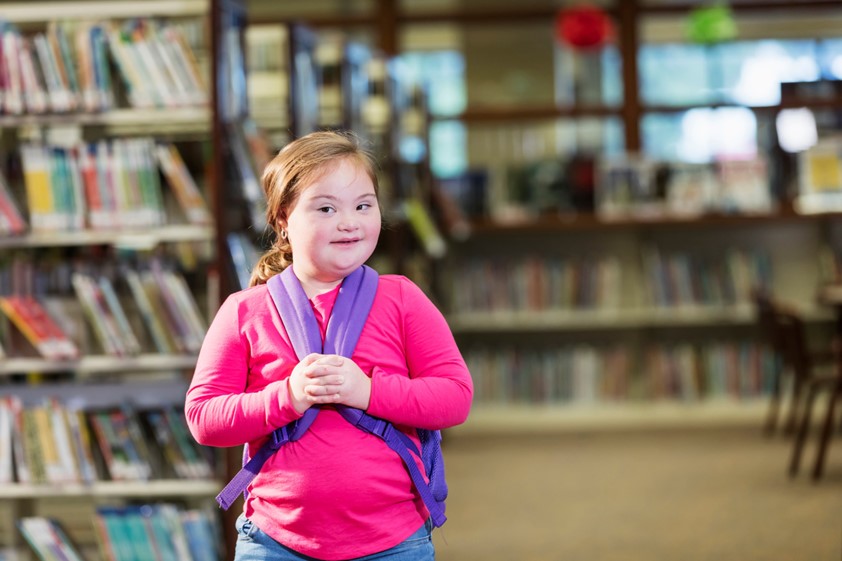
You will likely start noticing those facts/ideas incorporated into their play, at least until something new captures their interest and the process starts again.
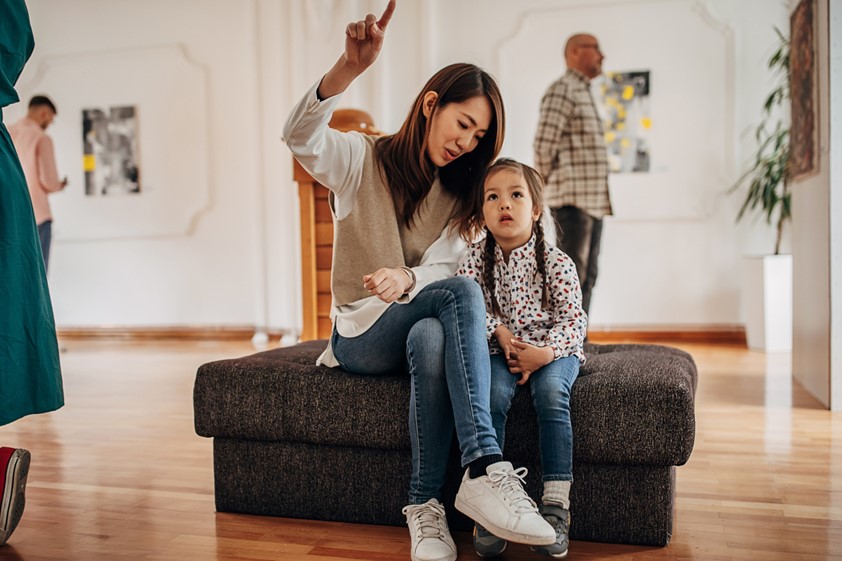
While educators document children’s play experiences through photographs, drawings, or written notes such those found in our Storypark App, or the pictures and story boards posted in our childcare centres, families can do the same as part of a photographic memory of learning milestones. It can also be shared with others to celebrate their achievements.
For more resources on play-based learning families can look for community resources, such as nature centres, local parks, or play-based programs like those offered by Upper Canada Child Care. These might be offered through local libraries, community centres and EarlyON centres. These resources can provide additional opportunities for your child to engage in enriching experiences and connect with other families.
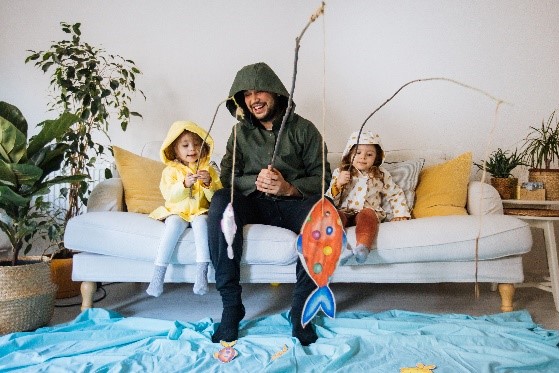
Remember, the most important aspect is to create an environment that values play, exploration, and learning. Through your involvement and encouragement, you can help foster their curiosity, creativity, and love for learning.